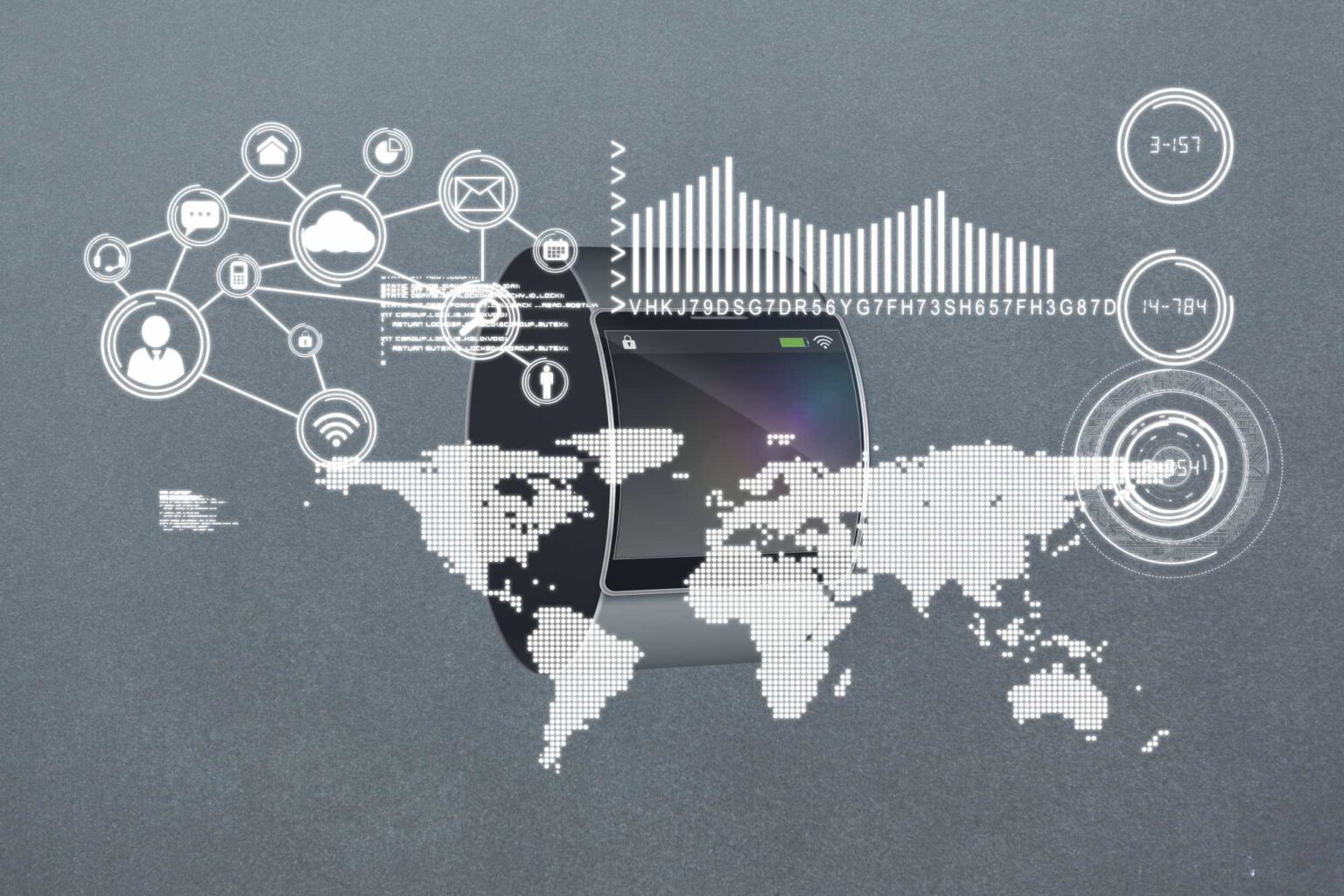Spatial analytics is the process of analyzing and interpreting geographic or location-based data to discover patterns, insights, and trends that may not be immediately apparent in traditional tabular or numerical data. It involves the use of specialized software tools and algorithms that enable users to visualize, analyze, and interpret geographic data, such as maps, satellite imagery, and GPS data.
Here are some key benefits and applications of spatial analytics:
Benefits:
-
Enhanced decision-making: Spatial analytics provides decision-makers with a powerful tool for analyzing location-based data and making informed decisions. By visualizing data on maps and analyzing it spatially, decision-makers can gain a better understanding of how different factors are related and make more informed decisions.
-
Improved operational efficiency: Spatial analytics can help organizations optimize their operations by identifying inefficiencies and opportunities for improvement. For example, logistics companies can use spatial analytics to optimize delivery routes and reduce transportation costs.
-
Better customer experience: Spatial analytics can help organizations improve the customer experience by analyzing customer location data to understand their preferences and behaviors. This can enable organizations to tailor their products and services to better meet the needs of their customers.
Applications:
-
Retail: Spatial analytics can help retailers optimize store locations, improve supply chain management, and personalize the customer experience by analyzing customer location data.
-
Public safety: Spatial analytics can help law enforcement agencies optimize patrol routes, identify crime hotspots, and allocate resources more effectively.
-
Healthcare: Spatial analytics can help healthcare providers optimize patient care by analyzing patient location data, identifying disease hotspots, and predicting health outcomes.
To effectively use spatial analytics, organizations need to have access to high-quality geographic data, such as maps and satellite imagery, as well as specialized software tools and algorithms. They also need to have a clear understanding of their business objectives and the data they need to achieve those objectives.
In summary, spatial analytics is a powerful tool for discovering patterns and insights in geographical data. By leveraging location-based data to enhance decision-making, improve operational efficiency, and enhance the customer experience, organizations can unlock the full potential of their data assets and gain a competitive advantage in today’s data-driven business landscape.



